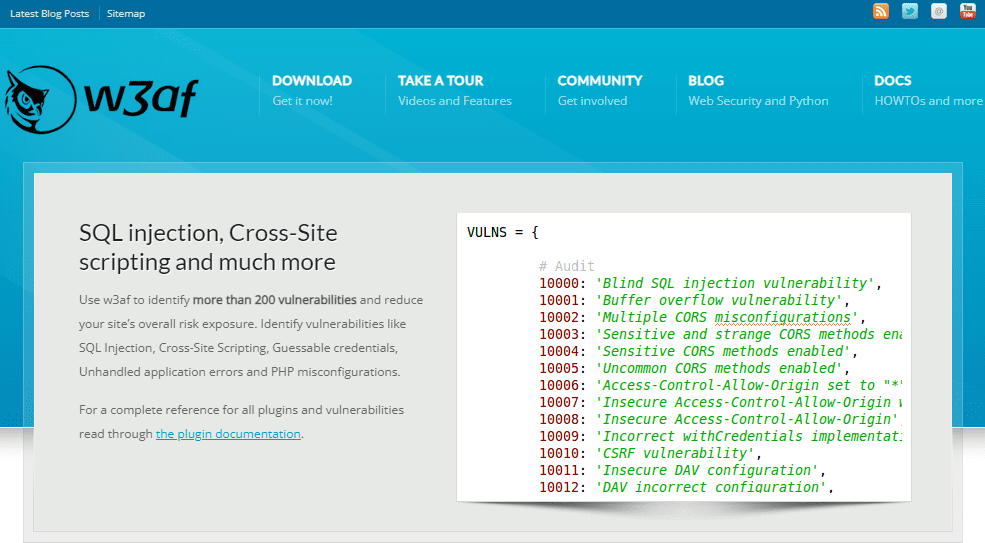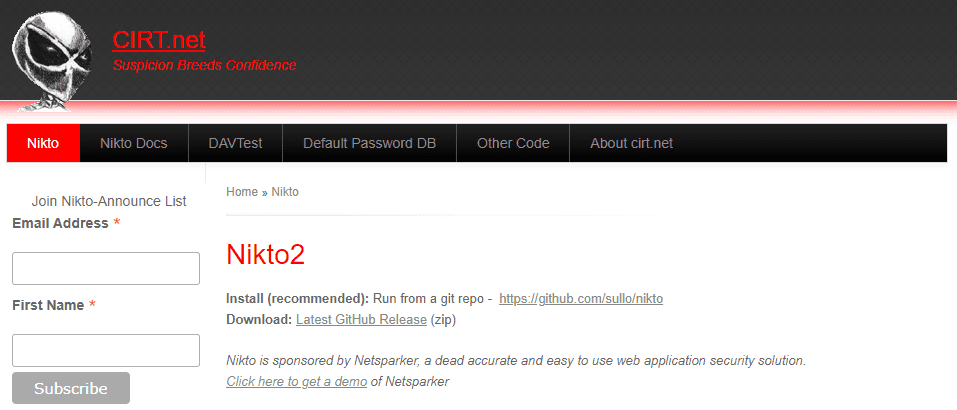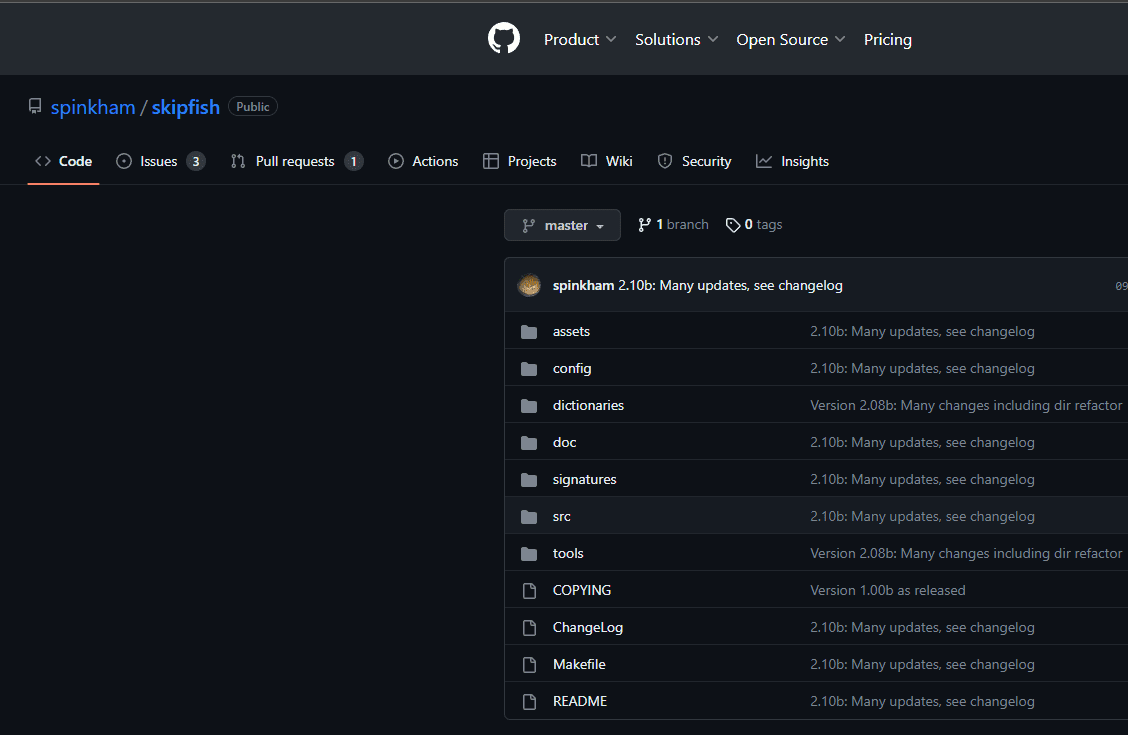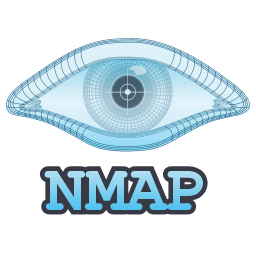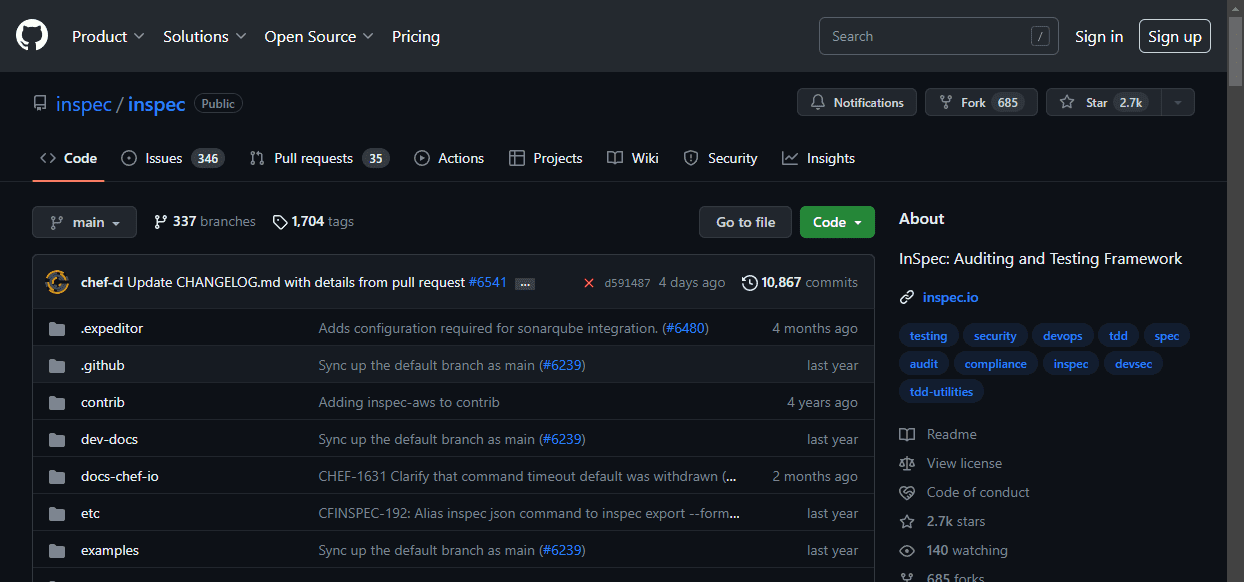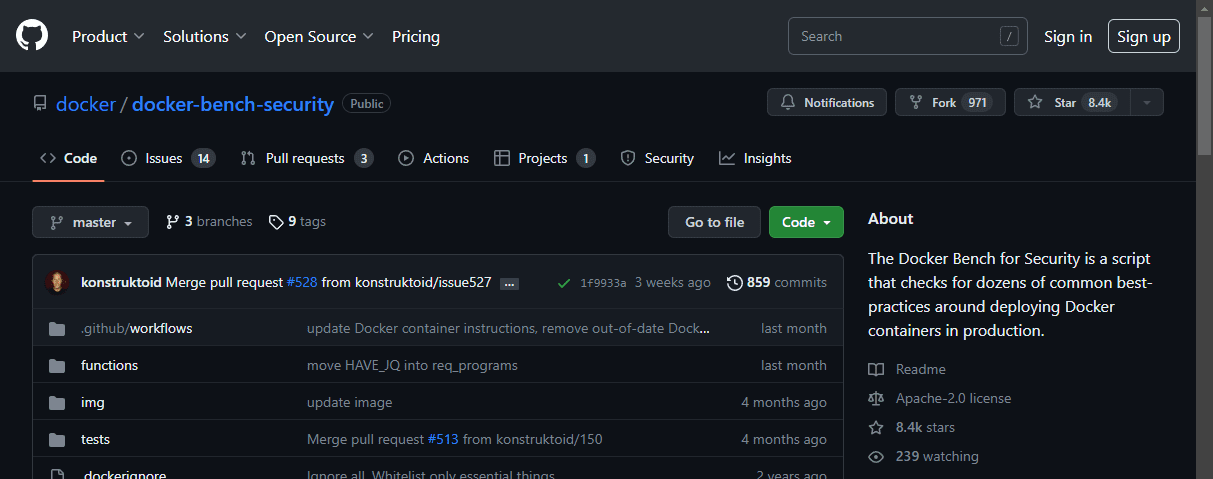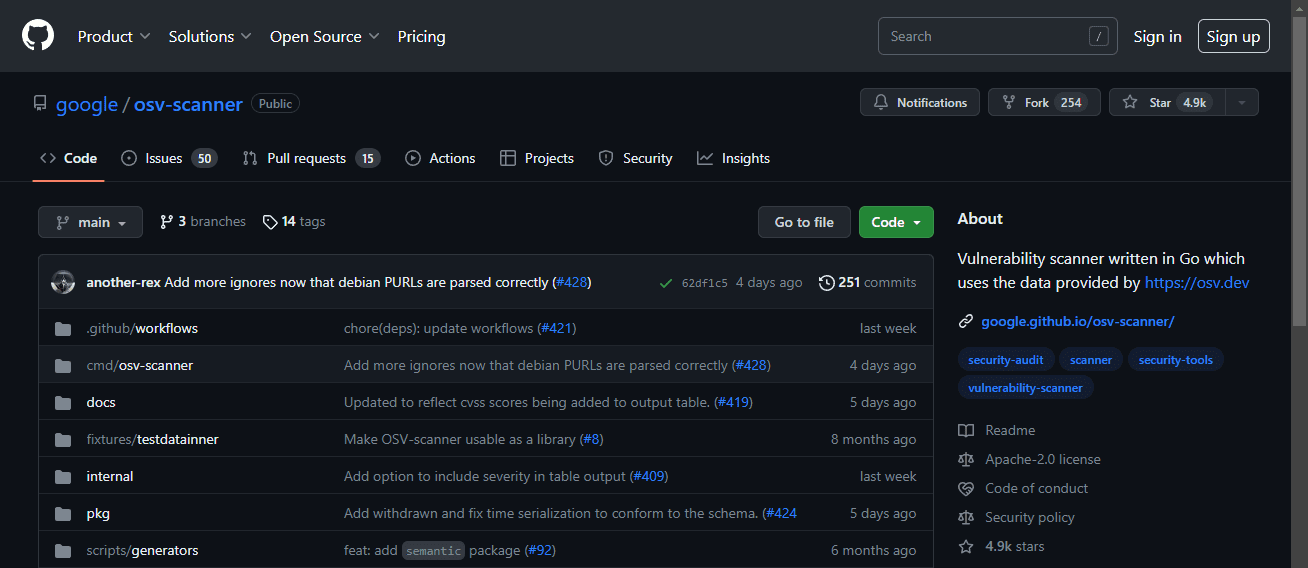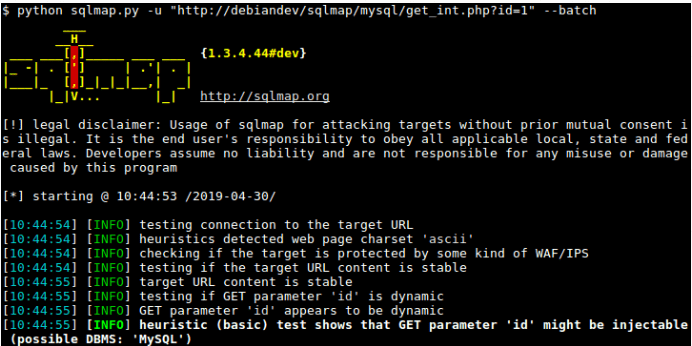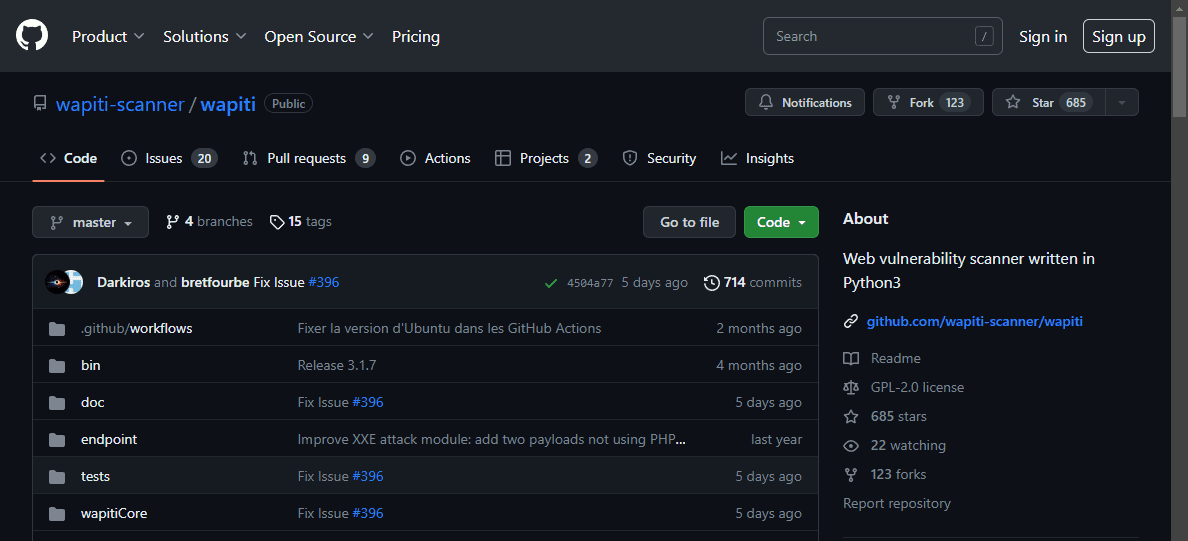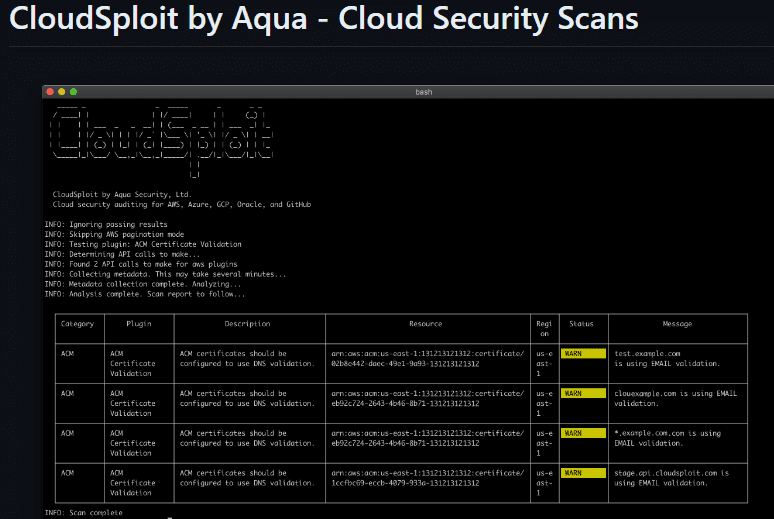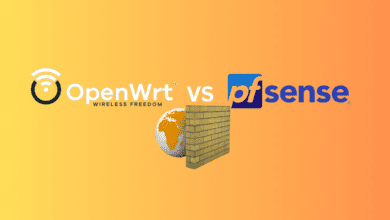Top 20 Open Source Vulnerability Scanner Tools in 2023

In the world of cybersecurity, having the right tools is more important than ever. An extremely important tool for cybersecurity professionals is the vulnerability scanners. They are designed to automatically detect vulnerabilities, security issues, and potential threats in your systems, applications, or network traffic. By carrying out network vulnerability tests and scanning web applications, these tools enable you to identify vulnerabilities and security flaws and resolve these before hackers find them. If you self-host services in the home lab, these tools can also help ensure you can keep your services safe.
Table of contents
- What is vulnerability scanning?
- What Do You Need to Scan for Vulnerabilities?
- Why use an open-source vulnerability scanner?
- Web Application Scanners
- Network Scanners
- Docker & Kubernetes Scanners
- Code Scanners
- Infrastructure Scanners
- Frequently Asked Questions (FAQs)
- 1. What are the advantages of using an Open Source Vulnerability Scanner?
- 2. Why is it important to keep an open-source vulnerability scanner updated?
- 3. What are common vulnerabilities that these scanners can detect?
- 4. What kind of expertise is required to operate these scanners effectively?
- 5. How do open-source vulnerability scanners fit into the software development process?
- 6. What should I do after scanning for vulnerabilities?
- 7. What is the role of a vulnerability database in a scanner?
- 8. Can these scanners help with license compliance?
- 9. Do I still need antivirus software if I use an open-source vulnerability scanner?
- 10. Can these scanners detect hidden vulnerabilities?
- Wrapping up
- Other posts you may like
What is vulnerability scanning?
Vulnerability scanning is integral to the process of maintaining a secure digital environment. It helps detect vulnerabilities malicious actors can exploit, such as SQL injection vulnerabilities, cross-site scripting, and missing patches.
In today’s complex digital landscape, it’s not uncommon for systems to have hidden known vulnerabilities. These can be easily overlooked without the use of advanced vulnerability scanning tools.
What Do You Need to Scan for Vulnerabilities?
When scanning for vulnerabilities, several areas need to be covered. The need for comprehensive vulnerability scanning arises from the diverse nature of potential threats and the various layers of a digital environment where these threats may manifest. Here’s what you need to scan for vulnerabilities:
1. Operating Systems
Operating systems form the backbone of your digital environment, and vulnerabilities here can have far-reaching impacts. Scanning for vulnerabilities in operating systems involves checking for any security flaws in the system itself and in the software and services it hosts. This can also include checking for missing patches, outdated software, or misconfigurations that malicious actors can exploit.
2. Network Infrastructure
Your network infrastructure includes all the devices that connect and communicate within your network. This includes routers, switches, firewalls, and other networking hardware. Network vulnerability tests ensure that these devices are securely configured and that no security vulnerabilities could allow unauthorized access to the network.
3. Web Applications
Web applications can often be a target for attacks due to their public-facing nature. Vulnerability scanning of web applications involves checking for vulnerabilities like SQL injection, cross-site scripting (XSS), and other common web application vulnerabilities. Tools that can scan web applications for vulnerabilities are essential in securing your web presence.
4. Databases
Databases store a significant portion of an organization’s critical and sensitive data. As such, they are a prime target for cybercriminals. Scanning for database vulnerabilities can help you identify and remediate vulnerabilities that could allow unauthorized access, data leakage, or data manipulation.
5. Source Code
Vulnerabilities can also be present in the source code of your applications. These vulnerabilities can lead to security issues when the application is running. Tools that can perform static analysis of your source code can identify common coding mistakes and vulnerabilities before the application is even deployed.
6. Containers and Microservices
In modern development practices, containers and microservices are common. Each container or microservice can host a specific part of an application and have its own dependencies. Scanning for vulnerabilities in containers and microservices involves checking both the container configuration and the included software for vulnerabilities.
7. Third-Party and Open-Source Libraries:
Many developers leverage third-party and open-source libraries to accelerate development. However, these libraries can also have vulnerabilities. Software composition analysis can help identify known vulnerabilities in your components.
Remember, vulnerability scanning should not be a one-time activity. New vulnerabilities can be discovered, and changes in your digital environment can introduce new vulnerabilities. As such, continuous scanning and monitoring are necessary to ensure ongoing security.
Moreover, vulnerability scanning is just one part of a comprehensive security strategy. It should be complemented with other practices like penetration testing, code reviews, secure development training, and a robust incident response plan. The goal is to identify vulnerabilities before malicious actors do and take the necessary steps to remediate them, thus ensuring your digital assets’ integrity, confidentiality, and availability.
Why use an open-source vulnerability scanner?
Open-source vulnerability scanners are particularly beneficial security tools. They help identify and remediate vulnerabilities and foster a community-driven development process that continually refines and improves the tools.
Many developers and security analysts prefer open-source vulnerability assessment tools for their transparency, flexibility, and the power of the collective intelligence behind them. The following are the top 20 open-source vulnerability scanners in 2023.
Web Application Scanners
1. OWASP ZAP (Zed Attack Proxy)
The Zed Attack Proxy (ZAP) is one of the most popular open-source web application security testing tools. It’s developed by the Open Web Application Security Project (OWASP) and is designed to automatically detect security vulnerabilities in web applications while you are developing and testing your applications.
2. W3af (Web Application Attack and Audit Framework)
W3af is a powerful open-source web application attack and audit framework. It provides a platform for the security testing of web applications, aiming to identify and exploit all web application vulnerabilities.
w3af – Open Source Web Application Security Scanner
3. Arachni
Arachni is a high-performance open-source tool for modern web applications. It is capable of identifying a wide variety of issues, ranging from common vulnerabilities to complex security flaws that other scanners might miss.
GitHub – Arachni/arachni: Web Application Security Scanner Framework
4. Nikto
Nikto is a popular open-source web server scanner that performs comprehensive tests against web servers to check for dangerous files, outdated server software, and other potential vulnerabilities.
GitHub – sullo/nikto: Nikto web server scanner
5. Skipfish
Skipfish is a highly efficient security scanner developed by Google. It’s designed to detect security flaws in web applications and websites automatically.
Network Scanners
6. Nmap
Nmap, short for “Network Mapper”, is one of the best open-source tools for network scanning. It’s used for network discovery and security auditing, helping administrators identify what devices are running on their systems, discovering open ports and detecting security risks.
Nmap: the Network Mapper – Free Security Scanner
7. OpenVAS
OpenVAS stands for “Open Vulnerability Assessment System”. This full-featured vulnerability scanner comes with a comprehensive database of vulnerabilities, regular updates, and a wide array of network vulnerability tests.
OpenVAS – Open Vulnerability Assessment Scanner
8. Wireshark
The Wireshark tool is a well-known open-source network protocol analyzer that lets you capture and interactively browse the traffic running on a computer network.
9. Inspec
Inspec is an open-source framework developed by Chef Software. It is unique in its dual role as a vulnerability scanner and compliance checker. Inspec allows users to automate the process of ensuring their systems comply with security standards and identify potential vulnerabilities.
Its testing framework is adaptable and capable of being run on a variety of local and remote backends, from Docker containers to bare metal. Inspec’s use of a human-readable language makes it accessible to users of varying technical backgrounds, standing out as a versatile tool in the realm of open-source vulnerability scanners.
GitHub – inspec/inspec: InSpec: Auditing and Testing Framework
10. Snort
The Snort solution is an open-source network intrusion prevention system capable of performing real-time traffic analysis and packet logging on IP networks.
Snort Rules and IDS Software Download
Docker & Kubernetes Scanners
11. Docker Bench for Security
Docker Bench for Security is a script that checks for dozens of common best practices around deploying Docker containers in production.
12. Clair
Clair is an open-source project for the static analysis of vulnerabilities in Docker and appc containers. It provides a list of vulnerabilities that threaten a container and can be integrated with Docker Registry to automatically provide vulnerability reports.
GitHub – quay/clair: Vulnerability Static Analysis for Containers
13. Cilium
Cilium is a networking and security project that is API-aware and offers security visibility and control logic. It’s compatible with Docker and Kubernetes and allows the application of security policies without changing the application code or container configuration.
GitHub – cilium/cilium: eBPF-based Networking, Security, and Observability
14. Syft and Grype
A CLI tool and Go library for generating a Software Bill of Materials (SBOM) from container images and filesystems. Exceptional for vulnerability detection when used with a scanner like Grype. Grype is a vulnerability scanner for container images and filesystems. It works well with Syft.
Grype – GitHub – anchore/grype: A vulnerability scanner for container images and filesystems
15. Dockle
Dockle is a container image linter for security, helping build the best-practice Docker image and follow the CIS (Center for Internet Security) Docker Benchmark.
Code Scanners
16. OSV-Scanner
OSV-Scanner is an open-source vulnerability scanner designed for code. It is ideal for developers who need to check their code for potential vulnerabilities as they write and perform software composition analysis.
GitHub – google/osv-scanner: Vulnerability scanner written in Go which uses the data provided by https://osv.dev
17. sqlmap
sqlmap is a powerful open-source penetration testing tool. It automates the process of detecting and exploiting SQL injection vulnerabilities and taking over database servers.
sqlmap: automatic SQL injection and database takeover tool
18. Wapiti
Wapiti allows you to audit the security of your web applications. It performs “black-box” scans, i.e., it does not study the application’s source code but will scan the webpages of the deployed application, looking for scripts and forms where it can inject data.
GitHub – wapiti-scanner/wapiti: Web vulnerability scanner written in Python3
Infrastructure Scanners
19. CloudSploit
CloudSploit is an open-source security and configuration scanner that can detect security risks in your AWS environments. It’s designed to provide automated security checks and to help you stay compliant with security standards.
GitHub – aquasecurity/cloudsploit: Cloud Security Posture Management (CSPM)
20. OpenSCAP
OpenSCAP is a powerful tool for the automated vulnerability checking of systems, with a particular focus on Compliance-Focused Scanning. It’s capable of scanning a wide range of systems, with support for various security standards.
Tools | OpenSCAP portal (open-scap.org)
Frequently Asked Questions (FAQs)
1. What are the advantages of using an Open Source Vulnerability Scanner?
Open-source vulnerability scanners offer several advantages over proprietary solutions. They are usually free and customizable, which means they can be tailored to the unique security needs of your organization. Additionally, these tools are typically updated more frequently, enabling you to identify and remediate vulnerabilities that may be unaddressed by commercial scanners.
2. Why is it important to keep an open-source vulnerability scanner updated?
Keeping your vulnerability scanner updated is crucial because new vulnerabilities are discovered daily. An outdated scanner may not detect new vulnerabilities, exposing your network or application to potential threats.
3. What are common vulnerabilities that these scanners can detect?
Open-source vulnerability scanners are equipped to identify various security flaws, including SQL injection, cross-site scripting, missing patches, and more. These tools continuously monitor containers and scan web applications to protect your network from potential threats.
4. What kind of expertise is required to operate these scanners effectively?
While some open-source vulnerability scanners offer a user-friendly graphical user interface, others may require more technical knowledge. Security analysts and network administrators typically operate these tools. However, with the right training, many developers can also use them effectively.
5. How do open-source vulnerability scanners fit into the software development process?
These tools play a critical role in the software development process. They can be integrated into the development pipeline to detect vulnerabilities in the source code or container images automatically. This ensures that security testing is a part of the development process, not an afterthought.
6. What should I do after scanning for vulnerabilities?
After scanning, you’ll have a detailed report of potential vulnerabilities in your system. The next step is to remediate vulnerabilities according to their severity. Some scanners also offer advice on how to fix these security issues.
7. What is the role of a vulnerability database in a scanner?
Vulnerability databases are crucial for the operation of a vulnerability scanner. They contain a record of known vulnerabilities that the scanner can check against your network or application. Some scanners use multiple vulnerability databases to ensure comprehensive coverage.
8. Can these scanners help with license compliance?
Some open-source vulnerability scanners, like FOSSA, can help with license compliance. They analyze the software composition and provide information about the licenses of the open-source components used in your application, highlighting any potential legal implications.
9. Do I still need antivirus software if I use an open-source vulnerability scanner?
Vulnerability scanners and antivirus software serve different purposes and complement each other. While a vulnerability scanner identifies potential security vulnerabilities, antivirus software protects your system from malware, viruses, and other malicious threats.
10. Can these scanners detect hidden vulnerabilities?
Yes, open-source vulnerability scanners are designed to detect hidden vulnerabilities. They scan every component of your network or application, identifying vulnerabilities that may not be evident on the surface.
Wrapping up
These top 20 open-source vulnerability scanners in 2023 offer you a range of options for ensuring your digital environment is secure, whether in the home lab or in production. From web application scanners, network scanners, Docker, and Kubernetes scanners to code and infrastructure scanners, you have all the tools to keep your systems safe and secure.
This list is not comprehensive, and you may find tools that fit your needs better than the ones we have highlighted. Each tool is unique in its own right, providing different strengths and capabilities. Selecting the ones that best align with your specific needs and the nature of your infrastructure environment is crucial.


